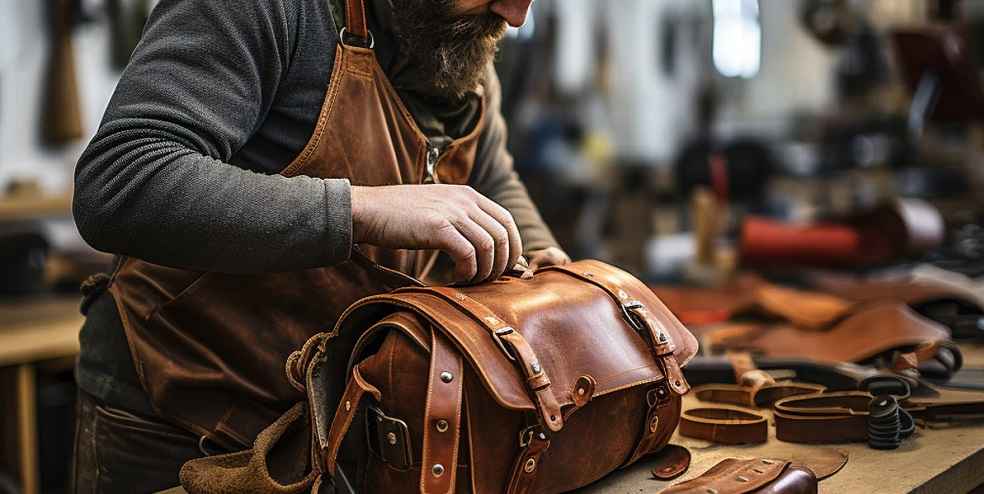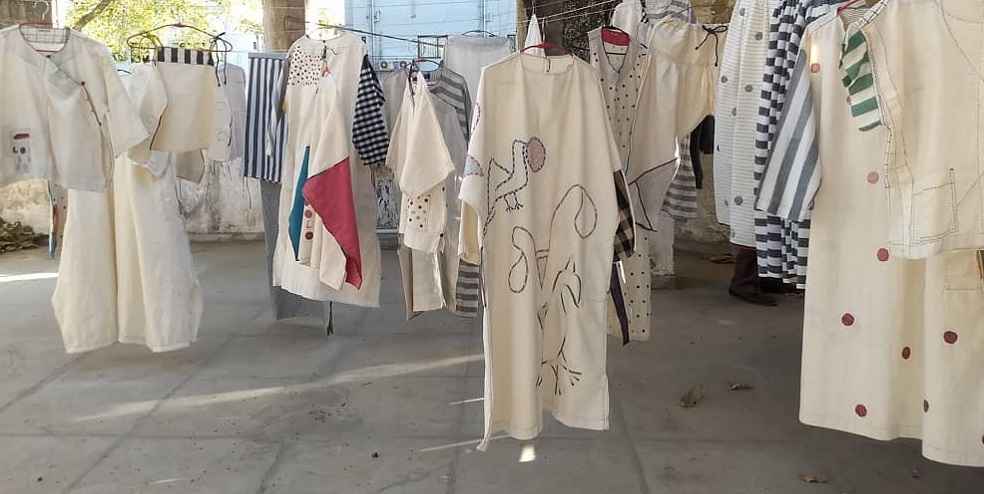Vietnam’s footwear and leather industries discussing a new raw materials centre for supporting the billion-dollar sectors and propelling Vietnam further up the global value chain.
Recent figures from the General Statistics Office show that leather and footwear exports have reached $17.67 billion in the first eight months of this year, reflecting a growth of 10% compared to the previous year. Lefaso, the Vietnam Leather, Footwear and Handbag Association, reported that from January to July, footwear exports alone amounted to $12.8 billion, alongside a 7.9% increase in handbag exports, bringing their value to $2.35 billion.
Phan Thị Thanh Xuân, deputy president of Lefaso, described the sector’s resurgence after a challenging 2023, with businesses securing contracts through the end of 2024. The industry is set to meet its ambitious export target of $27 billion by the year’s close.

Yet the industry’s potential remains constrained by a reliance on imported raw materials. Vietnam sources most of its raw materials from China, South Korea, and ASEAN countries, limiting the added value of domestic producers. The General Department of Customs reported that Vietnam spent $13.42 billion importing these materials in the first half of the year, a major increase year on year.
Xuân highlighted this dependency as a risk, especially given the global push for greener practices. Importing countries are imposing stricter environmental and sustainability regulations, with the EU introducing ecological requirements and traceability policies for leather and footwear imports earlier this year.
The need for local procurement of materials is pressing. Vietnam, as the world’s second-largest exporter of leather and footwear, must enhance its supply chain to meet new sustainability demands. Xuân emphasised that the shift toward sustainability is no longer a suggestion but a requirement, with customers and policy-makers alike pushing for transparency, reduced carbon emissions, and sustainable production.

Gerwin Leppink from the Worldwide Responsible Accredited Production (WRAP) program stated that meeting these requirements will be crucial for Vietnam’s ability to continue exporting to high-demand markets such as the EU and US.
Vietnam’s strategic goals for the leather and footwear industries include reaching export revenues of $38-40 billion by 2030. The 2022 development strategy outlines a future grounded in circular economy principles by 2035, with a focus on increasing the domestic value chain’s contribution and further global integration.
Lefaso’s President Nguyễn Đức Thuấn pointed out that, although the sector is often seen as a polluter, the global shift towards sustainability presents opportunities for Vietnam. Adopting automation, artificial intelligence, and green technologies will be vital for businesses looking to compete internationally and move up the global value chain.

The establishment of a raw materials centre, a subject of much discussion at a recent Ministry of Industry and Trade (MoIT) meeting, is viewed as essential to Vietnam’s progress. Trương Văn Cẩm, deputy president of the Vietnam Textile and Apparel Association, noted that past attempts to create such centres had faltered due to a lack of coordination and support. Lessons from these earlier efforts are being applied to ensure success this time around.
Trương Thị Thuý Liên, deputy president of the Bình Dương Province Leather, Footwear and Handbag Association, raised concerns about the challenges posed by the industry’s contract manufacturing model. She pointed out that this makes it difficult for suppliers to fully engage with domestic raw material centres.
Phạm Tuấn Anh, MoIT’s deputy director, said that plans are progressing, with the government learning from international examples to ensure that the centre becomes operational by 2025. Deputy Minister Phan Thị Thắng underscored the urgency of the initiative, stressing that the centre would not only reduce Vietnam’s dependence on imported materials but also guarantee compliance with tougher environmental regulations.
AEROSPACE & DEFENCE | $30M Western Aircraft Tyres Bypass Sanctions, Enter Russia



